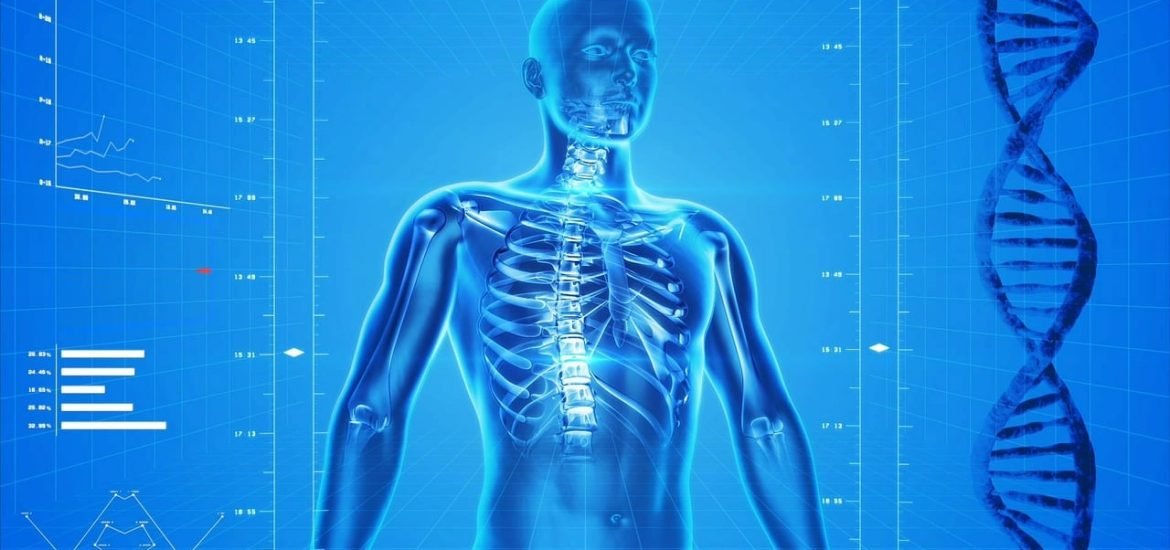
A team of researchers from the Karolinska Institutet developed a web-based system offering an unprecedented view of the various cells in the human body, according to a study published in the journal Genome Biology.
Multiple measurements of biomolecular variables — known as multi-omics — allow researchers to study human biology. Using this approach, researchers created the new Single Cell Atlas (SCA) based on analyses of thousands of human tissue samples from 125 different adult and fetal tissues. The work combines several cutting-edge omics technologies, including single-cell RNA sequencing, whole-genome sequencing, and spatial transcriptomics to map and localise genes expressed in the tissue. The platform provides unique insights into individual cells and their interactions with surrounding tissues.
This work is freely accessible through the platform’s website. You can also view a short video explaining how the Single Cell Atlas works.
“The Single Cell Atlas not only saves time and resources but also fosters a collaborative environment for scientists from diverse fields, paving the way for new discoveries and innovations,” said the study’s first author Lu Pan, researcher at the Institute of Environmental Medicine, Karolinska Institutet, Sweden.
In the future, the team wants to continue refining the SCA and introduce more detailed analyses. The aim is to cover gaps in tissue representation and increase the sample size. “The creation of the SCA marks a significant step forward in biomedical research,” said Xuexin Li from the Department of Physiology and Pharmacology, Karolinska Institutet. “Our goal is to continually enrich the atlas, making it an invaluable resource for understanding human health and disease.”
Pan L, Parini P, Tremmel R, Loscalzo J et al. Single Cell Atlas: a single-cell multi-omics human cell encyclopedia, Genome Biology, online 19 April 2024, doi: 10.1186/s13059-024-03246-2.